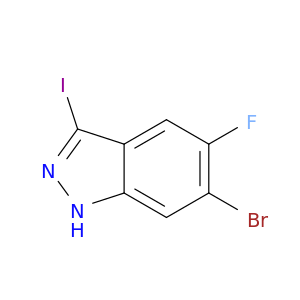The chemical compound (1-(tert-Butyl)pyrrolidin-3-yl)methanol, also known as $name$, is an important reagent in organic synthesis. It serves as a versatile building block in the preparation of various complex molecules due to its unique structure and reactivity. One key application of $name$ in chemical synthesis is as a chiral ligand in asymmetric catalysis. By incorporating $name$ into a catalytic system, chemists can promote enantioselective reactions, where specific enantiomers of a product are favored over others. This is particularly valuable in the pharmaceutical industry, where the chirality of a molecule can significantly impact its biological activity and safety profile.Additionally, $name$ can act as a protecting group in organic reactions. By temporarily masking specific functional groups with $name$, chemists can selectively control the reactivity of a molecule, facilitating multi-step synthesis and the formation of complex structures with high precision.Furthermore, the presence of the pyrrolidine ring in $name$ confers ring strain, which can influence reaction mechanisms and product outcomes. This structural feature makes $name$ a valuable tool in designing novel synthetic routes and exploring new chemical transformations.Overall, the use of (1-(tert-Butyl)pyrrolidin-3-yl)methanol in chemical synthesis highlights its significance as a versatile and valuable reagent for accessing diverse and structurally complex molecules with high efficiency and selectivity.
 sales@aaronchem.com
sales@aaronchem.com










